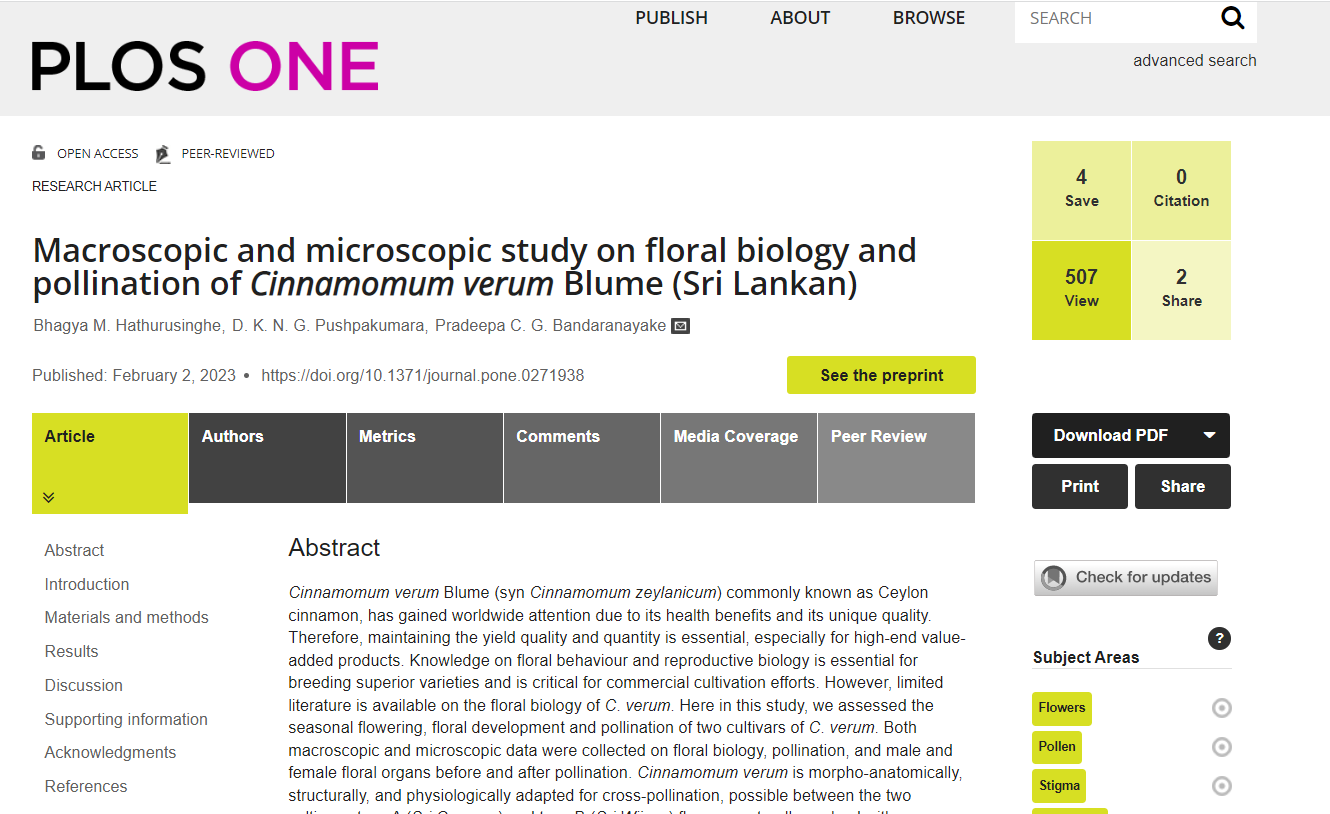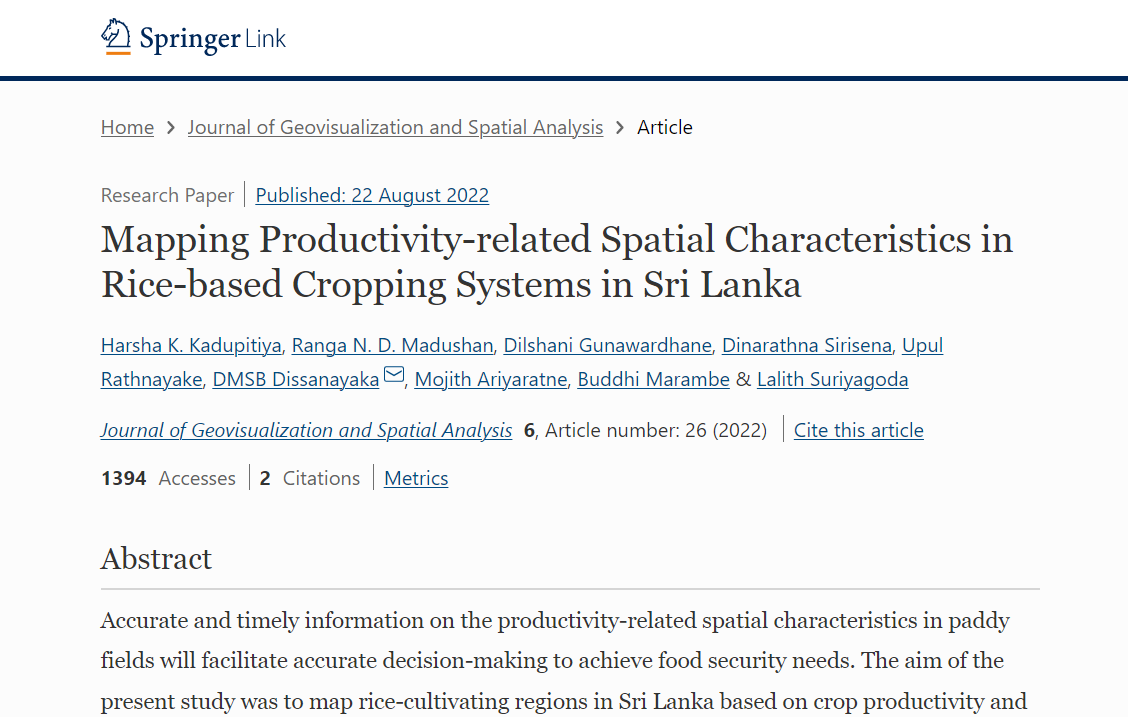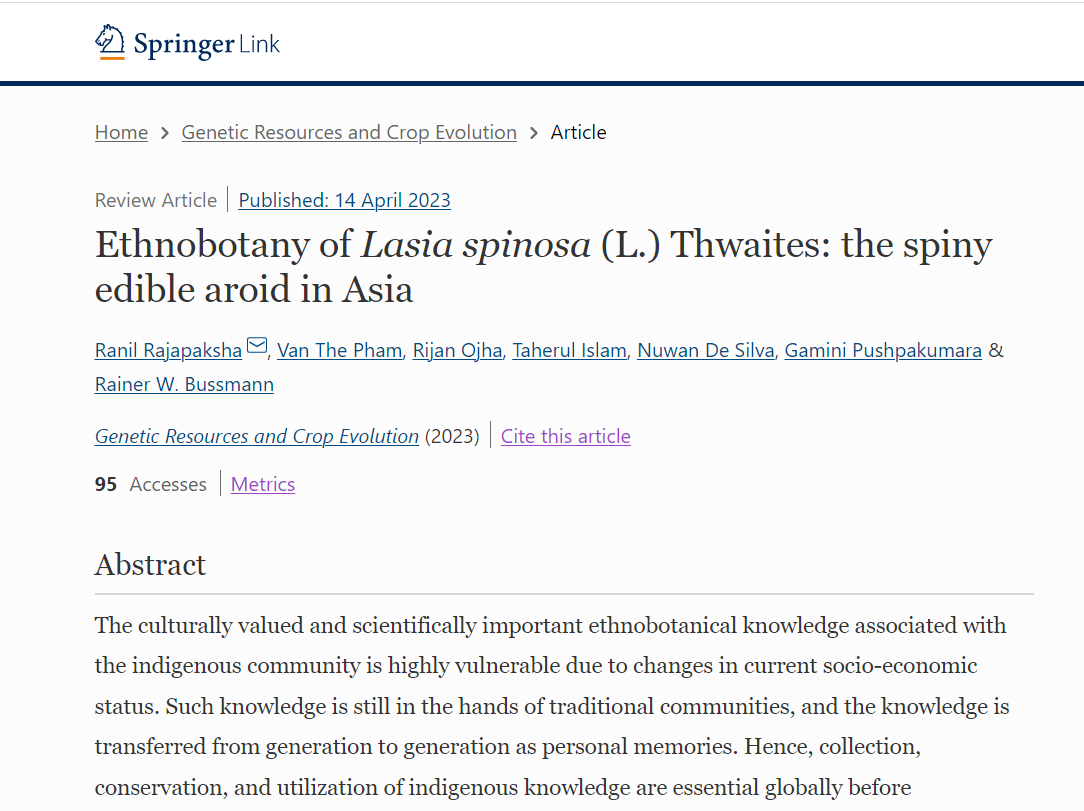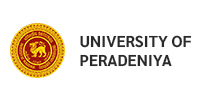
Macroscopic and microscopic study on floral biology and pollination of Cinnamomum verum Blume (Sri Lankan)
Hathurusinghe, B. M., G. Pushpakumara, K. N., & G. Bandaranayake, P. C. (2023). Macroscopic and microscopic study on floral biology and pollination of Cinnamomum verum Blume (Sri Lankan). PLOS ONE, 18(2), e0271938. https://doi.org/10.1371/journal.pone.0271938
Abstract
Cinnamomum verum Blume (syn Cinnamomum zeylanicum) commonly known as Ceylon cinnamon, has gained worldwide attention due to its health benefits and its unique quality. Therefore, maintaining the yield quality and quantity is essential, especially for high-end value-added products. Knowledge on floral behaviour and reproductive biology is essential for breeding superior varieties and is critical for commercial cultivation efforts. However, limited literature is availabl
e on the floral biology of C. verum. Here in this study, we assessed the seasonal flowering, floral development and pollination of two cultivars of C. verum. Both macroscopic and microscopic data were collected on floral biology, pollination, and male and female floral organs before and after pollination. Cinnamomum verum is morpho-anatomically, structurally, and physiologically adapted for cross-pollination, possible between the two cultivars; type A (Sri Gemunu) and type B (Sri Wijaya) flowers; naturally evolved with Protogynous Dichogamy. However, due to changes in environmental conditions, female and male stages in the same tree overlap for about 45–60 min suggesting possible close-pollination within the same plant. During this event some of the pollens were observed hydrated even during self-pollination. In mean time, 4–8% of the flowers formed fruits after natural close and hand pollination which is between male and female phases of the same tree. Although C. verum is adapted for cross-pollination, natural close-pollination is also possible. The data suggest the complex nature of the sexual reproduction of C. verum. Well-managed breeding attempts with controlled factors like temperature and humidity will help to develop superior C. verum varieties.






